The content of the article
How to make gippeastrum bloom? This question is of concern to many gardeners. After all, with improper care, the plant will sit in a pot and not bloom for years. Some sources suggest absolutely brutal methods. Up to pulling the bulb from the ground and cutting the leaves under the root. This is very cruel, because it is from the leaves that the nutrients flow out for the continued existence of the plant.
It is easier for you to deceive the hippeastrum than to mock at it like that. Now tell all the secrets.
Choosing an onion
If your planting material is less than 10 cm in diameter, then it is still baby. The flowering of the hippeastrum begins when the diameter of the bulb exceeds 12 cm. The most gorgeous bouquet is obtained from planting materials made in Holland, more than 25 cm in diameter.And with proper care, the bulb grows over 45 cm. Imagine how it blooms?
Of course, you will not find such in our stores. Therefore, choose from the presented range. The bulb needs to be taken elastic, smooth. No weeping or dry reddish spots. Top scales should be easily removable. Found this? Buy and carry home.
Plant hippeastrum
Naturally, you made a purchase in the spring. Or in the summer. Now we take a suitable pot. Try on the onion. The distance between it and the sides should be no more than a centimeter. Cramped - the key to future flowering.
The soil. Humus, clean sand and garden soil in equal proportions. At the bottom is required good drainage. For gippeastrum likes to drink, but does not like to swim.
After drainage a layer of sand. On it we have an onion. And then gently sprinkle it with soil on the sides. But, no more than half. Deep-seated onion will not give a flower.
Then gently pour over the edge of the pot. Make sure that the moisture does not fall on the bulb itself. Everything, now there will be only competent leaving and small deception.
Caring for hippeastrum
Proper care ensures that in winter you will enjoy the huge stars on your windowsill. But for such a powerful flowering bulb requires strength. And where to get them, if the soil in the pot is nothing? That's right, from fertilizers.
By the way, count the future number of flower stalks is very simple on the leaves. For every 4 pieces there is one flower stalk.
Watering. Regular, plentiful. If you are afraid to get on the bulb when watering, then just immerse the pot for 15 minutes in water. Then let the excess flow and return the hippeastrum to its usual place.
Lighting should be at least 14 hours. Well, in the summer it is enough without your help. By the way, Hippeastrum is not at all afraid of direct sunlight. Therefore, it can be easily placed on the southern windowsill.
Periodically gently loosening the ground and wait for August.
Cheating gippeastrum
In order for the bulb to release the flower, it must go through a period of hibernation. And what if the plant is not going to rest? Leaves instead of withering are healthy, the bulb instead of rest continues to grow. How to lay fidget? We need flowers!
Usually, on the flank. Lay in the truest sense. No, you do not need to remove the onion from the pot. The container is simply laid on its side with the plant. At the same time reduce watering, stop feeding, and the gippeastrum is placed in a dark cool place.
In about a month, all the leaves will turn yellow and fade. By the way, they can be cut only after that. It is extremely undesirable to touch green leaves. And do not rush to put the pot vertically. Hippeastrum wakes up and goes into growth almost immediately. It will only grow leaves again, not flowers.
You will need to hold the sleeping beauty in this position at least 2.5-3 months. This is the best time for a good holiday.
Wake up hippeastrum
About once every two weeks we examine our sleeping handsome.When he gets tired of sleeping, he will begin to release a leaf. That's enough rest, it's time to bloom. We take out the pot to the light. Repot the bulb in fresh soil. We start it again regularly watered properly and densely fed. But, only until the appearance of 4 sheets. After that, do not fertilize.
If done correctly, the flower stalk will appear soon. And then they themselves are chic gramophone stars. By the way, on a bulb with a diameter less than 20 cm it is better to leave two peduncles. The rest after blooming, it is desirable to cut. And cutting is in the water for up to three weeks with no signs of wilting. The bulb can be too exhausted from such magnificence. But if the diameter is more than 21 cm, then boldly leave all flower stalks. Hippeastrum will quite pull them all.
Leaving after flowering
Immediately after flowering, many gardeners often throw out the bulb. No doubt, she looks quite unappetizing. Dry, sluggish, felt emptiness is felt. Well, as you would like to give out such flowers and look more cheerful! But do not do this. After all, gippeastrum can live up to 20 years.
All you need is to properly care for the bulb.But you can admire the flowering every year. To do this, it is recommended to start intensively feeding and watering the bulb a week after the blooming of flowers.
As soon as flowering ends, the seed box is immediately cut off. It draws a decent amount of nutrients. And, the main secret, transplant hippeastrum so that the bulb was in the soil at the very shoulders. That is, exclude re-flowering, which can finish the gippeastrum finally.
Even better, if you succeed in planting the plant not in a pot, but in the garden for the whole summer. In this case, the bulb will quickly gain strength and return to its usual volume. In the fall you will send hippeastrum again to sleep, and then you will admire the long flowering.
Useful tips
- Often, the uterine bulb gives babies. Drop them always. After cultivation, they will also bloom. If you leave them attached to a big mom, they will also deplete it, instead of growing their own roots.
- By the way, up to a diameter of 5 cm, kids are not sent to sleep. Let him gain strength first.
- If you think that the peduncle is too short and stuck in growth,then remove the pot and place it on the floor next to the window. In search of light, the peduncle will tighten a little. Just do not overdo it. Short and thick will be better to keep huge gramophones of flowers than long and thin.
- Do not cut the whole spike. Remove only the seed box. In its juicy pulp is still full of nutrients. And do not try to pull it forcibly. After full withering it can be safely pulled out of the bulb without effort.
- Some varieties of hippeastrum do not need a dream. And deceiving a plant, you can never wait for flowering. Be sure to find out about this feature with the seller. Otherwise, just ruin the onion. This is especially true varieties with yellow and orange flowers.
How to make gippeastrum bloom? Usually. In the summer, walk a little more, gather strength from feeding, put it to bed in the fall, and in winter and spring it will bloom.
Video: secrets of caring for hippeastrum

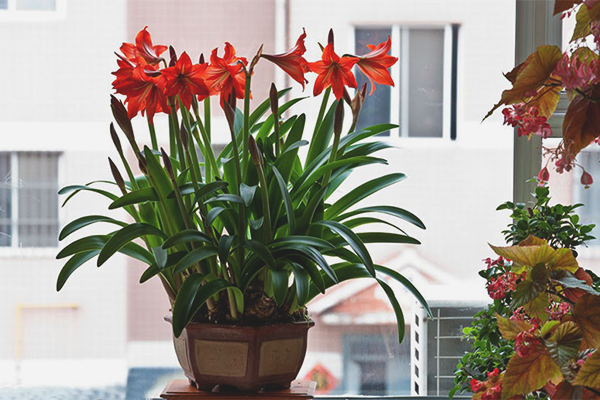
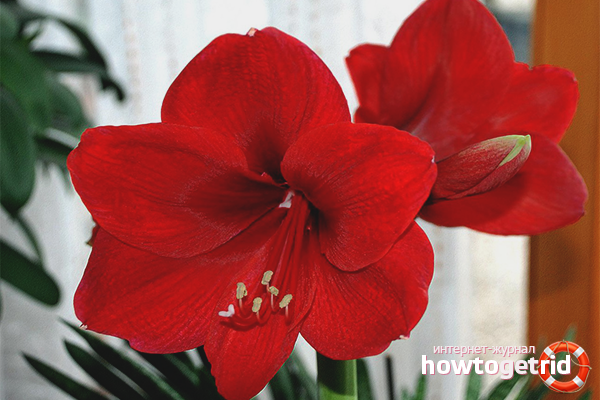

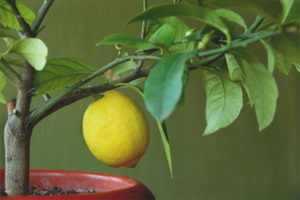
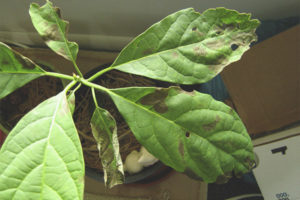


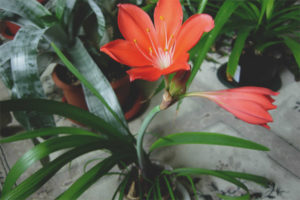

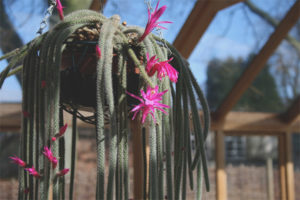
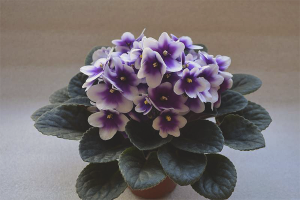
To send